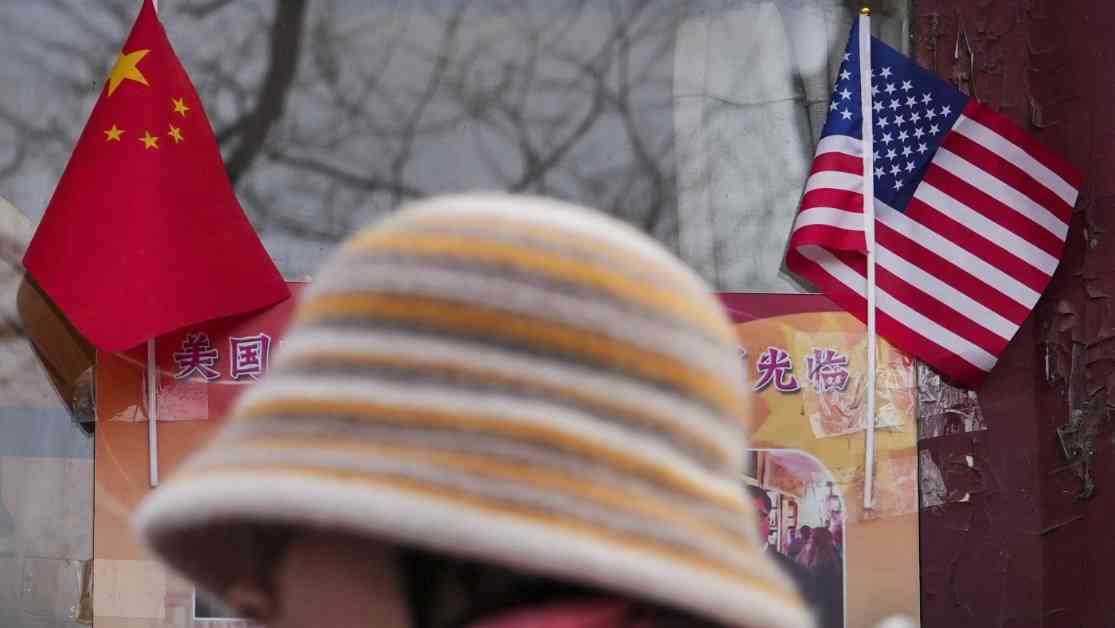Amid the tumultuous trade tensions between the United States and China, the latest round of tariffs has sparked a retaliatory response from Beijing. The Chinese government swiftly announced countermeasures in response to the Trump administration’s 10% tariffs, which came into effect recently. The move signifies a strategic tit-for-tat in the ongoing trade war between the two economic powerhouses.
China’s Retaliatory Tariffs
Shortly after the U.S. tariffs took effect, China unveiled its own set of tariffs on American goods, including a 15% levy on coal and liquefied natural gas, as well as a 10% tariff on crude oil, farm equipment, and select vehicles. These counter-tariffs are set to be implemented on February 10, escalating the trade dispute between the two countries. The Chinese finance ministry justified these retaliatory measures by claiming that the U.S. tariffs violate World Trade Organization (WTO) rules and disrupt normal economic and trade cooperation.
Moreover, China’s market regulator initiated an anti-monopoly investigation into Google, signaling a broader crackdown on foreign tech companies. The commerce ministry and customs administration also introduced fresh export controls on rare metals like tungsten, indium, and molybdenum. In a move that could further strain diplomatic relations, two U.S. firms, PVH Group and Illumina, Inc., were placed on China’s “unreliable entity” list for alleged market violations and discriminatory practices against Chinese companies.
Expert Analysis and Future Implications
Julian Evans-Pritchard, head of China economics at Capital Economics, characterized China’s retaliatory measures as “fairly modest.” He estimated that the targeted goods represent a fraction of China’s total imports from the U.S., suggesting a strategic restraint in response to the escalating trade tensions. However, he cautioned that the risk of further escalation remains, as retaliatory actions could prompt President Trump to intensify tariffs against China.
The underlying economic and political grievances between the U.S. and China pose a significant challenge to de-escalating the trade standoff. With China being a critical supplier of precursor chemicals for fentanyl, a potent synthetic opioid, tensions are further exacerbated. Despite Beijing’s efforts to curb the flow of illicit drugs into the U.S., the trade dispute threatens to strain future cooperation between the two nations.
President Trump’s warning of additional tariff hikes on China underscores the volatile nature of the trade conflict. The planned conversation between Trump and Chinese leader Xi Jinping in the coming days may offer a glimmer of hope for diplomatic resolutions amid escalating trade tensions.
In conclusion, the latest round of tariffs and countermeasures between the U.S. and China reflects a broader geopolitical struggle for economic supremacy. As both nations navigate the complexities of trade negotiations, the implications of their actions extend far beyond economic considerations, shaping the future of global trade dynamics. The outcome of these high-stakes negotiations will not only impact bilateral relations but also reverberate across the global economy, underscoring the interconnectedness of the modern geopolitical landscape.



















